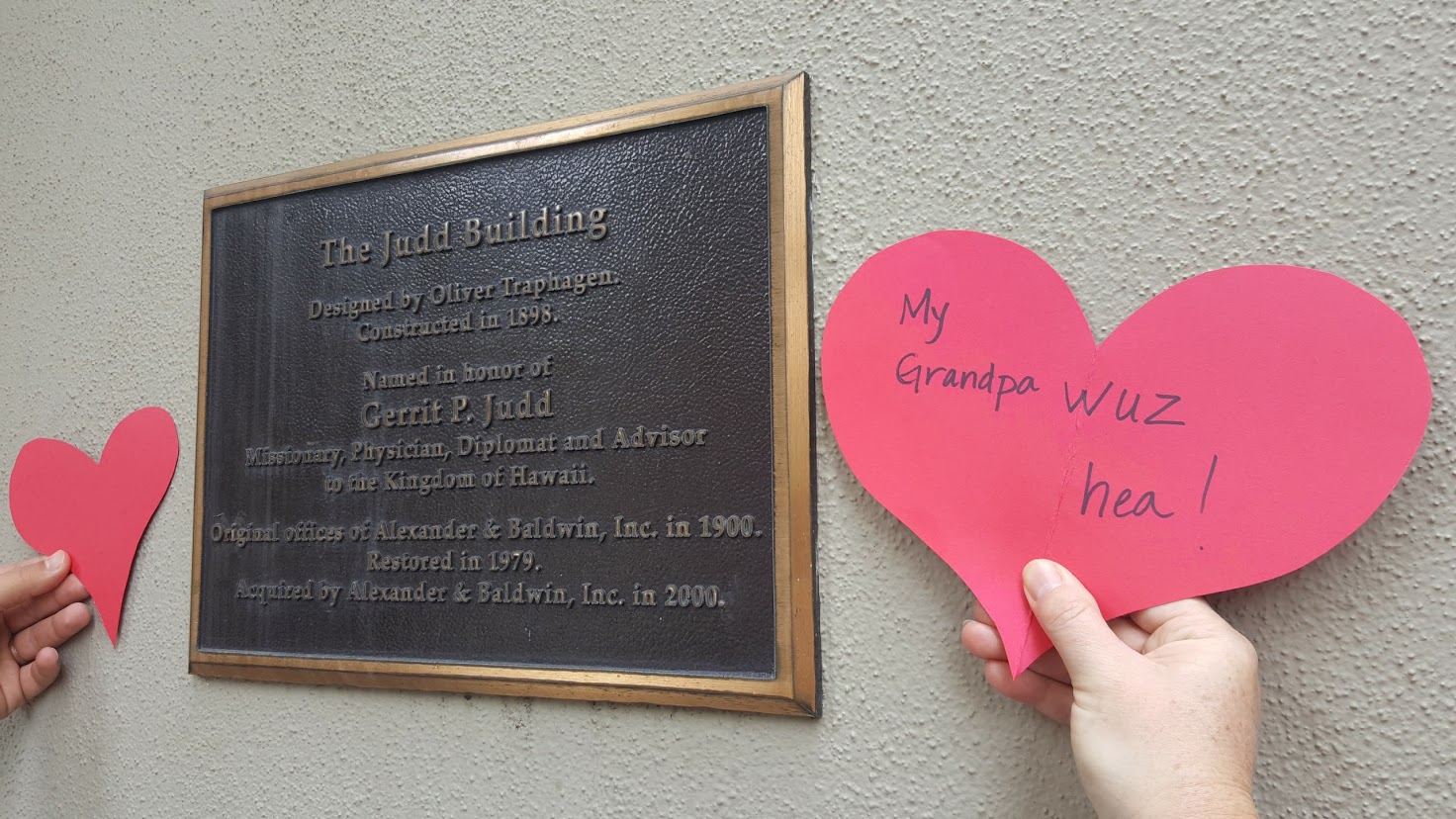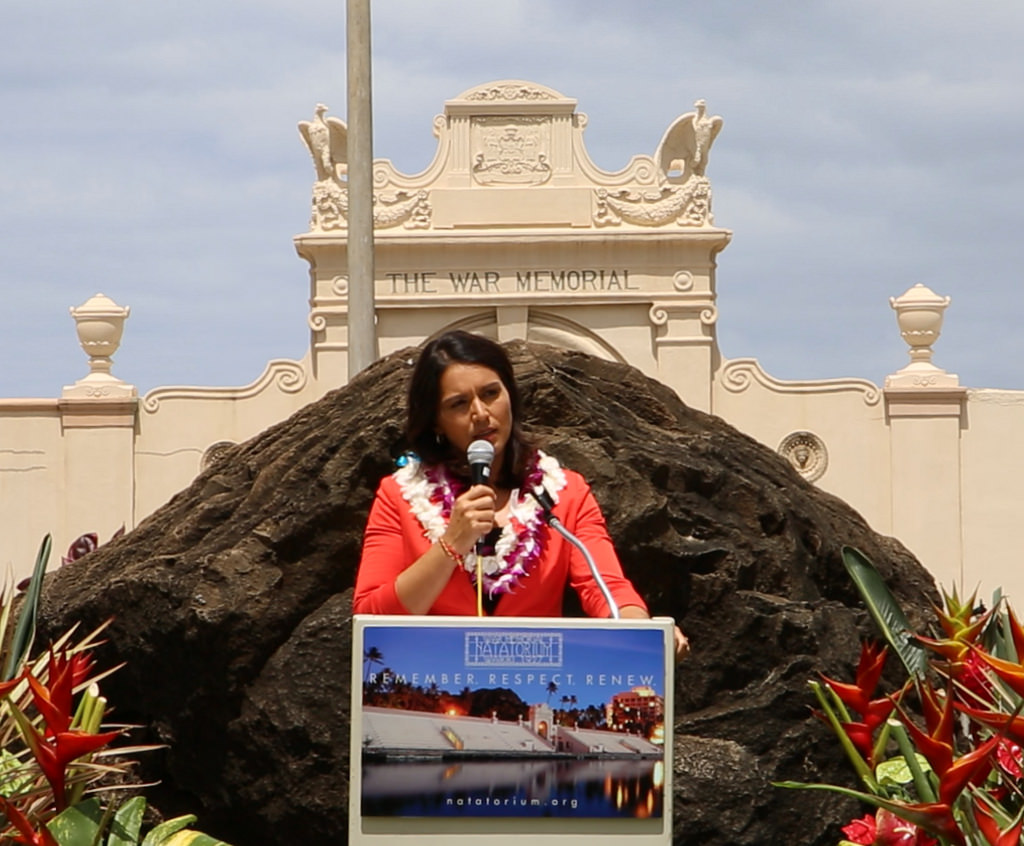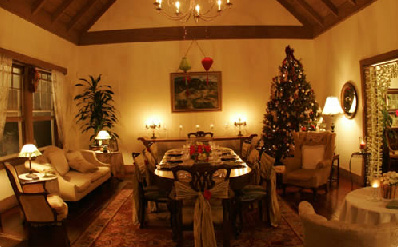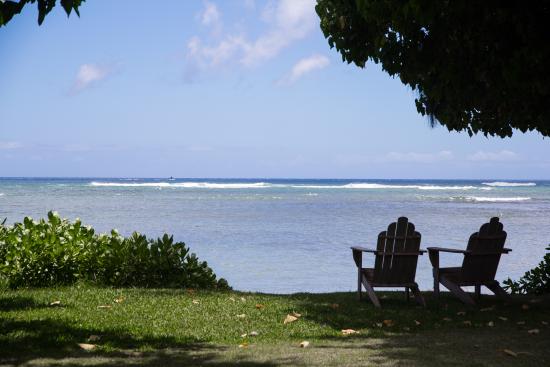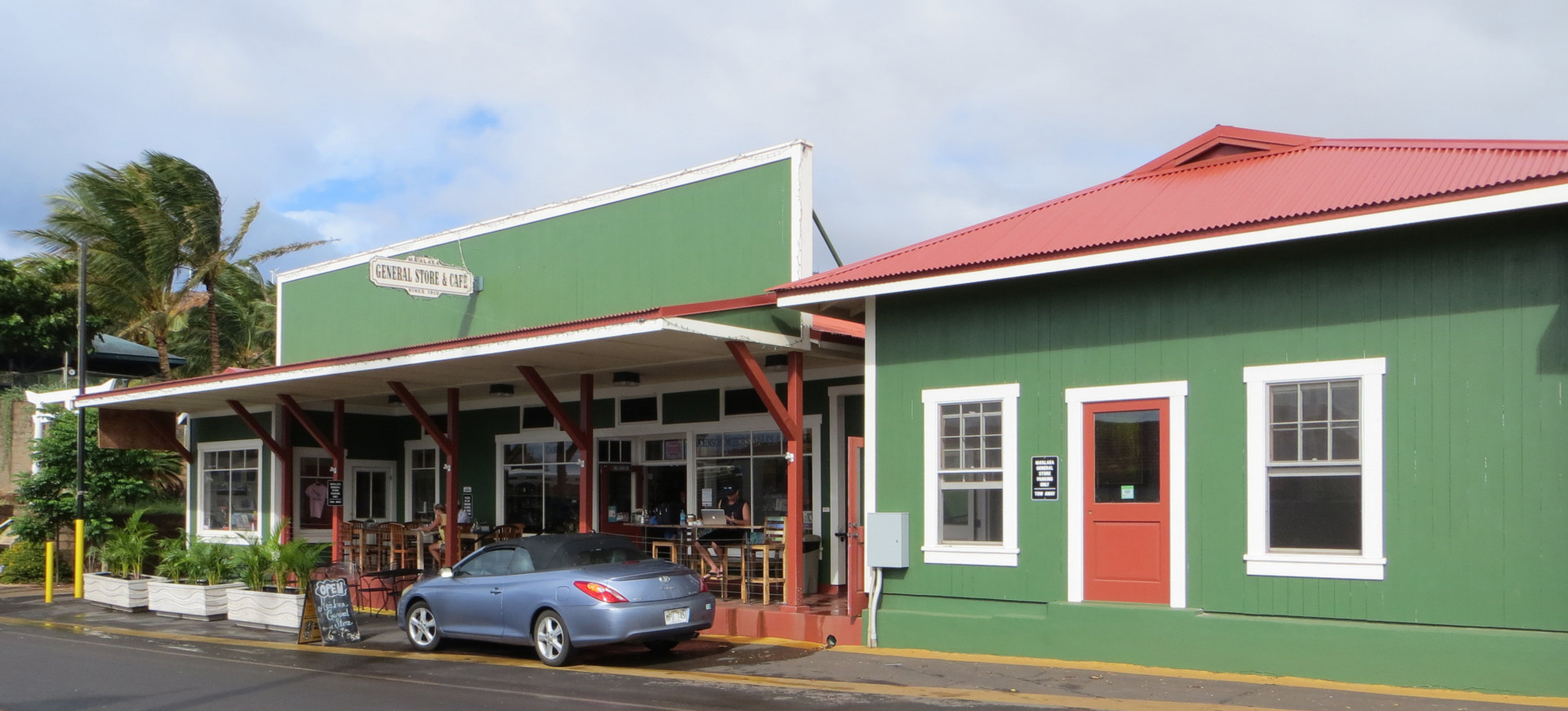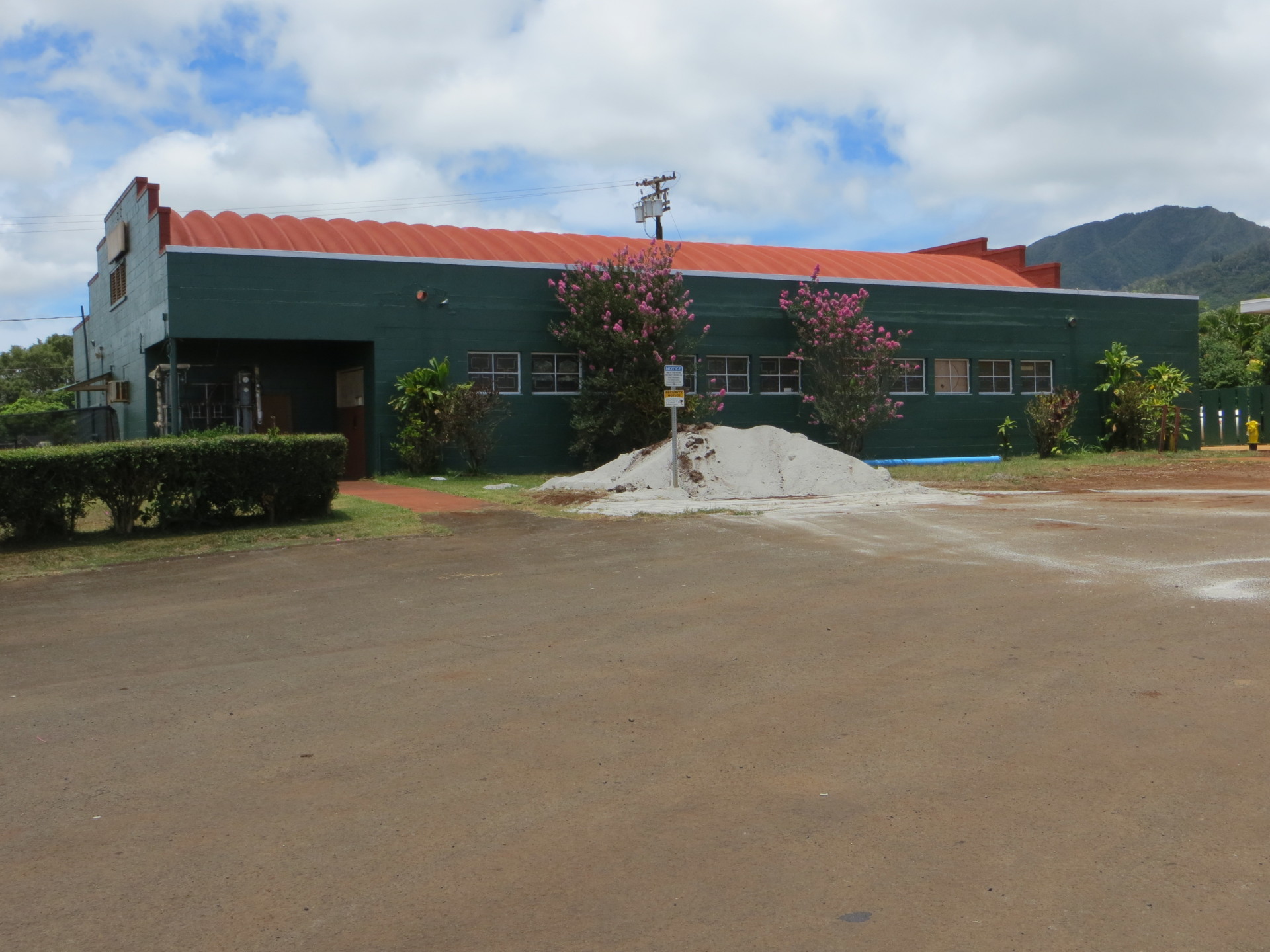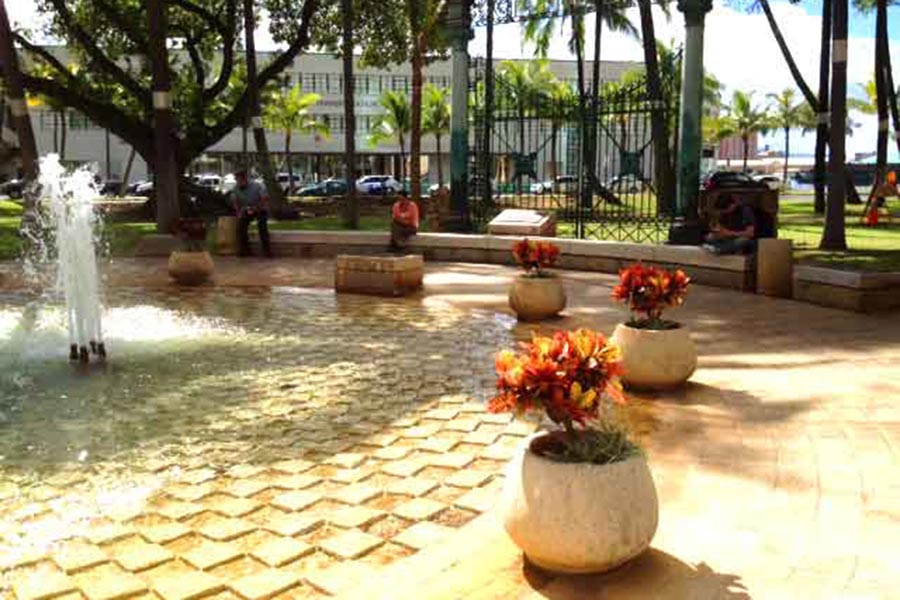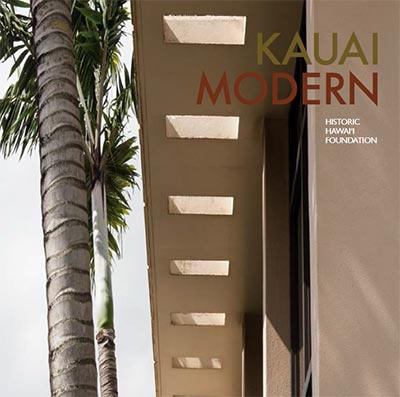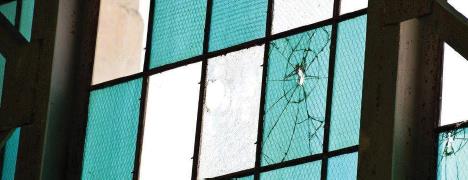Giving Thanks
Thanks for all you do to help preserve Hawai‘i’s historic places! Here's some highlights from 2017 that you helped make possible. January 26: (left to right) Iolani Palace Docent Educator, Zita Cup Choy; Iolani Palace Curator, Teresa Valencia & Dr. William Chapman, Director of the Graduate Program in Historic Preservation and Professor in the Department of American Studies at the University of Hawai'i at Manoa, at the first of five Experts at the Cathedral lectures. February 21: Līhu‘e residents showing the postcards they signed in support of saving the Līhu‘e Post Office from closure and relocation. April 1: Our first-ever Mission Houses Saturday Sketch event paired art and heritage. May 19: Architectural historian Don Hibbard accepting the Frank Haines Award. Mr. Haines unexpectedly passed away this year. A memorial service is scheduled for December 27th at the Star of the Sea Church. July 1: Learning about the history and culture of Waimea Valley at our Volunteer Mahalo event. July 12: Welcoming our 2017-2018 Board of Trustees at the Historic Hawai‘i Foundation Annual Meeting. August 4: Community members working on a preservation case study at our Tools for Saving Places seminar on Maui. The seminars, a collaboration with National Park Service, were held between August 2 and August 11 on Kaua‘i, Maui, Hawai‘i Island (Hilo and Kona) and O‘ahu. August 17: Sean McNamara sharing Native Hawaiian History of Leahi Crater at our Diamond Head Unseen Walking Tour, a collaboration with Hawai‘i State Parks (photo credit: Denby Fawcett).


